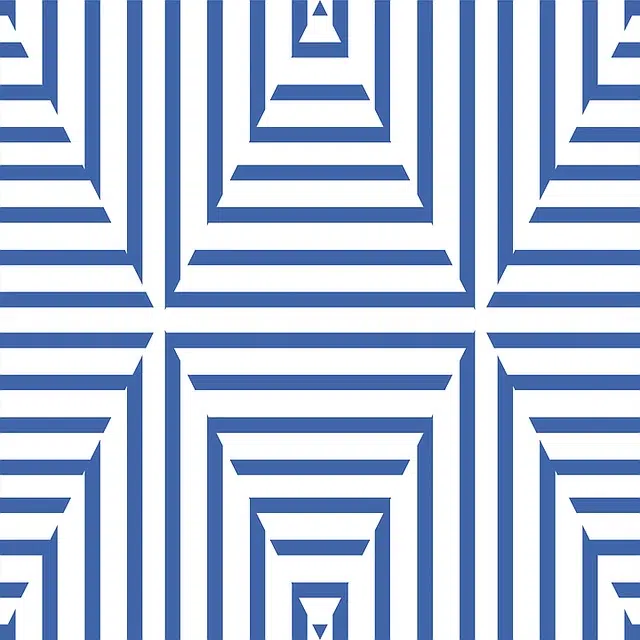
Visual perception is the internal sensation of knowledge that is generated from a stimulus registered with sight.
Perception (from Latin perceptio ) consists of receiving, through the senses, images, sounds, impressions or external sensations. It is a psychic function that allows the body to capture, process and interpret the information that comes from the environment.
It is important to differentiate between the stimulus , which belongs to the external world and generates the first effect in the chain of knowledge, and perception, which is a psychological process and belongs to the internal world. It could be said that the stimulus is the physical, mechanical, thermal, chemical or electromagnetic energy that excites or activates a sensory receptor.
What is visual perception
Visual perception is that internal sensation of apparent knowledge, resulting from a stimulus or luminous impression registered by the eyes . In general, this optical-physical act works in a similar way in all people, since the physiological differences of the visual organs hardly affect the result of perception.
The main differences arise with the interpretation of the information received, due to inequalities in culture, education, intelligence and age, for example. In this sense, images can be “read” or interpreted just like a literary text, so there is in the operation of visual perception the possibility of learning to deepen the meaning of reading.
The Gestalt psychologists, at the beginning of the 20th century , were the first to propose a philosophical theory of form. Max Wertheimer , Wolfgang Köhler , Kurt Koffka and Kurt Lewin , among others, asserted that, in perception, the whole is greater than the sum of the parts .

Visual depth perception involves several brain processes.
The three dimensions
With the growing success of the umpteenth launch of 3D (three- dimensional ) entertainment, new technologies arrived that seek to make our brain believe that the objects and beings we see on a screen are really there; To do this, the cameras used have two lenses located at such a distance that they observe the world as our eyes do. The question is, how do they do it?
In principle, it is necessary to detail a series of concepts that represent those signs that the brain takes into account to understand what the eyes capture:
* superposition : when an object or individual is placed in front of another, our mind immediately interprets that the first is closer to us than the second;
* vanishing points or perspective : according to the research of Leonardo Da Vinci, it refers to calculating the distances between the different things or beings that we perceive, or between them and us, based on our point of view and a series of measurements that we make at an unconscious level, such as the analysis of the decrease of objects the further away they are;
* objects whose size we know : in a similar way to the previous point, prior knowledge of the size of a thing or the dimensions of a living being allows us to understand how far away it is from us;
* stereopsis : a term that comes from Greek and can be translated as vision or solid image , and refers to a phenomenon through which our brain takes the image captured by each eye and joins them, creating a voluminous representation of our environment.
Visual depth perception
Based on these concepts, it can be deduced that depth perception depends mainly on a series of brain processes, analysis of the images captured by our eyes.
In the case of three-dimensional entertainment, much of the work detailed above is done by cameras and other devices; They offer us a "false" image, even more so than the one projected on a 2D screen, but ironically easier for our brain to understand.
